1. Introduction:
In the rich tapestry of Greek mythology, Pan stands out as a captivating embodiment of nature and wilderness. With his goat-like features and mischievous spirit, this deity not only played a pivotal role in ancient tales but also resonates with contemporary audiences. As a symbol of the untamed, Pan’s narratives are rife with lessons on the interplay between man and nature. This article aims to delve deep into the enigmatic world of Pan, offering readers both a comprehensive overview and fresh insights into his legends, significance, and lasting impact. Our journey will unearth tales from antiquity, shed light on Pan’s multifaceted character, and explore the god’s enduring relevance in today’s world.
| Origin | Greek Mythology |
|---|---|
| Classification | God |
| Family Members | Hermes (Father), Dryope or Penelope (depending on the myth, Mother), Silenus and the Satyrs are often considered related or akin |
| Region | Greece, particularly Arcadia |
| Associated with | Shepherds, Wild Nature, Rustic Music, Fertility, Panic |
2. Historical Overview of Pan:
The Ancient Origins of Pan:
The birthplace of countless legends and heroes, ancient Greek mythology has offered us a diverse pantheon of deities, each unique in their own right. Among them, Pan holds a special place. According to myth, Pan hails from the rugged terrains of Arcadia, a region in the Peloponnese. Unlike the grand gods of Olympus who often dwelled in opulence, Pan’s origins were rustic and close to nature, befitting his image as the god of the wild.
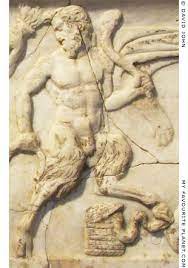
Pan’s Divine Lineage:
Tracing Pan’s lineage offers a glimpse into a fascinating family of gods and demigods. He is the son of Hermes, the swift-footed messenger god, and a nymph, often identified as Dryope. With Hermes being a son of Zeus, Pan had direct ties to the king of gods. His connections don’t stop there. Through his familial ties, Pan interacted with various Olympians and lesser gods, from Dionysus, the god of wine, to the various nymphs that inhabited the Greek wilds.
Pan in Ancient Rituals and Worship:
Pan’s significance in ancient Greece transcended just stories; he was deeply embedded in religious practices of the time. Rural communities, in particular, revered Pan, building shrines in caves and grottoes. Rituals often involved music, especially the flute, mirroring Pan’s own love for his panpipes. Additionally, his worship was unique in its blend of joy and fear. While Pan inspired celebrations and dances, he also induced “panic” among travelers in isolated regions – a term that indeed stems from the god’s name and his sudden appearances.
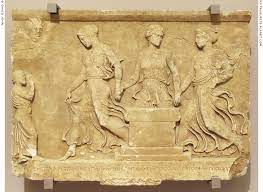
3. Physical Attributes and Symbolism:
The Distinctive Appearance of Pan:
Pan’s visage is one of the most distinctive in Greek mythology. Unlike the majority of Olympian gods, who often embody human perfection, Pan appears as a fusion of man and beast. His upper body, much like that of a man, contrasts sharply with his lower half, which boasts the legs of a goat. Crowning his head are two curved horns, hinting at his wild nature. This rustic appearance, often depicted with a beard and a lively, sometimes mischievous expression, underscores his dominion over the untamed lands and his proximity to the creatures of the wild.
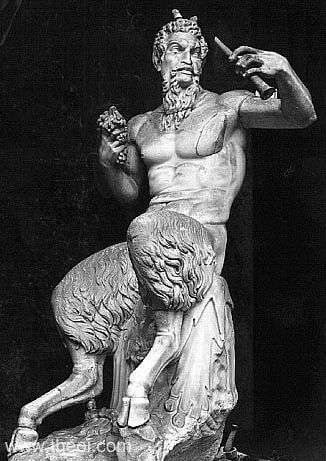
Symbols Intrinsically Tied to Pan:
Several symbols are indelibly linked to Pan, each telling a tale of his adventures and preferences. Most notable is the pan flute or syrinx, an instrument crafted from reeds. Legend has it that the flute was born out of Pan’s unrequited love for a nymph named Syrinx. Beyond the flute, forests and mountains, especially those of Arcadia, are closely tied to Pan’s lore, representing his reign over wilderness and nature’s untouched realms.
Unraveling the Symbolism of Pan’s Features:
To the casual observer, Pan’s goat-like features might seem arbitrary, but in the context of Greek mythology, they carry deep significance. The goat, rugged and resilient, mirrors Pan’s domain over the wild, challenging terrains of ancient Greece. His horns signify virility and strength, characteristics often associated with deities of nature and fertility. The pan flute, beyond its tragic love story, emphasizes Pan’s connection to music, dance, and celebrations—integral aspects of Greek community life. In essence, every aspect of Pan’s appearance and associated symbols paints a picture of a deity deeply intertwined with nature, festivity, and the primal forces of life.
4. Famous Tales and Adventures:
The Tale of Pan and Syrinx: Crafting the Pan Flute:
One of the most enduring tales of Pan revolves around his infatuation with the beautiful nymph Syrinx. As the legend goes, Syrinx caught the eye of Pan while she was wandering the forests of Arcadia. However, she had no intentions of yielding to his advances and, desperate to escape, she called upon the river nymphs for help. In an act of mercy, they transformed her into reeds. Crestfallen, Pan stumbled upon these very reeds and, noticing their musical sounds when blown by the wind, fashioned them into a flute. This instrument, named after the nymph, became an eternal symbol of Pan’s unfulfilled love and his intrinsic bond with nature’s melodies.
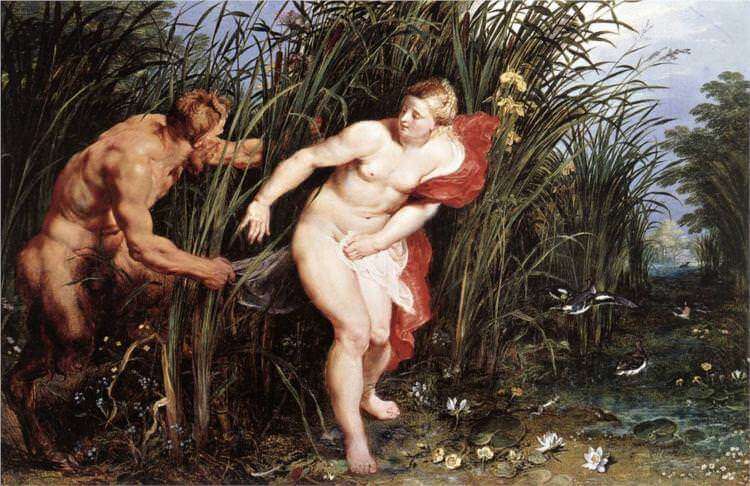
Pan and the Battle of Marathon: An Unexpected Hero:
While primarily associated with nature and mischief, Pan’s influence extended to the battlegrounds of ancient Greece. The Battle of Marathon, a pivotal conflict between the Greeks and the Persians, witnessed an unlikely intervention by Pan. Recognizing the Athenians’ dedication to him, Pan spread panic among the Persian ranks—a tactical advantage that contributed to the Greek victory. This act solidified Pan’s reputation not just as a deity of the wild but also as a protector of the Athenian state.
Pan’s Relationships: Bonds with Gods and Nymphs:
In the vast interconnected world of Greek mythology, Pan had relationships, both friendly and romantic, with a plethora of gods and nymphs. His father, Hermes, often involved him in his escapades, while Dionysus, the god of wine and revelry, found a kindred spirit in Pan during his festive processions. The nymphs, who roamed the woods and waters of Greece, frequently interacted with Pan—sometimes as companions, other times as objects of his affection or mischief. These relationships not only highlight Pan’s diverse connections but also provide insights into his multifaceted character, ranging from lover and friend to trickster.
5. Pan’s Influence Beyond Greece:
From Pan to Faunus: The Roman Adaptation:
As Greek civilization gave way to the Romans, many of its deities found counterparts in the Roman pantheon. Pan was no exception. In Roman mythology, Pan’s essence and attributes were mirrored in the god Faunus. Much like Pan, Faunus was a deity of the woods, fields, and shepherds, often depicted with goat-like features. The festivals dedicated to Faunus, known as the “Faunalia”, bore striking similarities to Pan’s celebrations, emphasizing the deep roots and continuity of this deity’s influence across cultures.
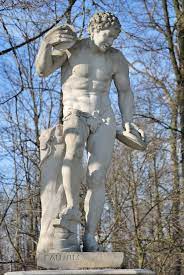
Pan in the Modern World: Echoes in Arts and Media:
Centuries might have passed since the last hymns were sung to Pan in ancient temples, but his legacy continues to inspire. Literature, over the years, has featured Pan in various forms—from the playful fauns in C.S. Lewis’s The Chronicles of Narnia to the more direct references in Elizabeth Barrett Browning’s poetry. Music, particularly pastoral symphonies, often invoke Pan’s spirit. And in cinema and pop culture, characters reminiscent of Pan appear as symbols of nature, wilderness, and sometimes, mischief. His enduring presence underscores the universality of his appeal.
The Evolution of Pan’s Legacy:
The journey of Pan, from an Arcadian deity to a global icon, is a testament to his compelling nature. While his core attributes—his association with the wild, his musical inclinations, and his mischievous demeanor—have remained constant, interpretations of Pan have evolved. In some eras, he was a symbol of pastoral innocence; in others, a representation of primal desires. Today, as the world grapples with ecological challenges, Pan’s reverence for nature offers a poignant reminder of the harmonious relationship humans once shared with the environment. His evolution reflects society’s shifting values, needs, and aspirations.
6. The Mythological Significance of Pan:
Guardian of the Natural Realm:
At the heart of Pan’s mythological significance is his deep-seated connection to nature, wilderness, and fertility. As the god of shepherds and flocks, Pan was an embodiment of the pastoral idyll that ancient Greeks held dear. His association with fertile fields and bountiful forests underscored the ancient world’s reliance on nature’s generosity. In essence, Pan stood as a symbol of the symbiotic relationship between humankind and the environment, reminding Greeks of the need to respect and harmonize with the natural world.
From Pan to Panic: The Dual Nature of the God:
One of the more intriguing aspects of Pan’s lore is his ability to instill profound fear. The very term “panic” is derived from sudden, irrational fears he was believed to induce in lone travelers or soldiers. This aspect of Pan, juxtaposed with his more playful and joyful nature, illustrates the dualities of the wild. Just as nature can be nurturing and serene, it can be unpredictable and menacing. Pan’s association with fear serves as a reminder of the wild’s capriciousness and the importance of respecting its boundaries.
Pan’s Role in Shaping Greek Values and Wisdom:
Beyond the tales and rituals, Pan held a mirror to Greek society, reflecting its values, aspirations, and apprehensions. His playful pursuits with nymphs, his musical talents, and his rustic demeanor championed the joys of a simple life, the importance of community, and the beauty of art. Simultaneously, his tales of unrequited love, his sudden fits of anger, and the “panics” he caused underlined the impermanence of joy and the ever-present nature of challenges. Through Pan, Greek society was imparted lessons on balance—of revelry with restraint, of nature’s bounty with its unpredictability, and of human desires with their potential consequences.
7. Modern-Day Relevance:
Pan’s Renaissance in Arts and Entertainment:
Even millennia after his prime in ancient Greece, Pan continues to captivate the imagination of artists, writers, and filmmakers. His enduring allure can be seen in his appearances or inspirations in modern movies, novels, and musical compositions. Such portrayals often grapple with themes of nature’s undying essence, the tension between civilization and wilderness, or the universal human experience of desire, joy, and fear. By revisiting Pan in contemporary media, society acknowledges the timelessness of the questions and challenges the god embodies.
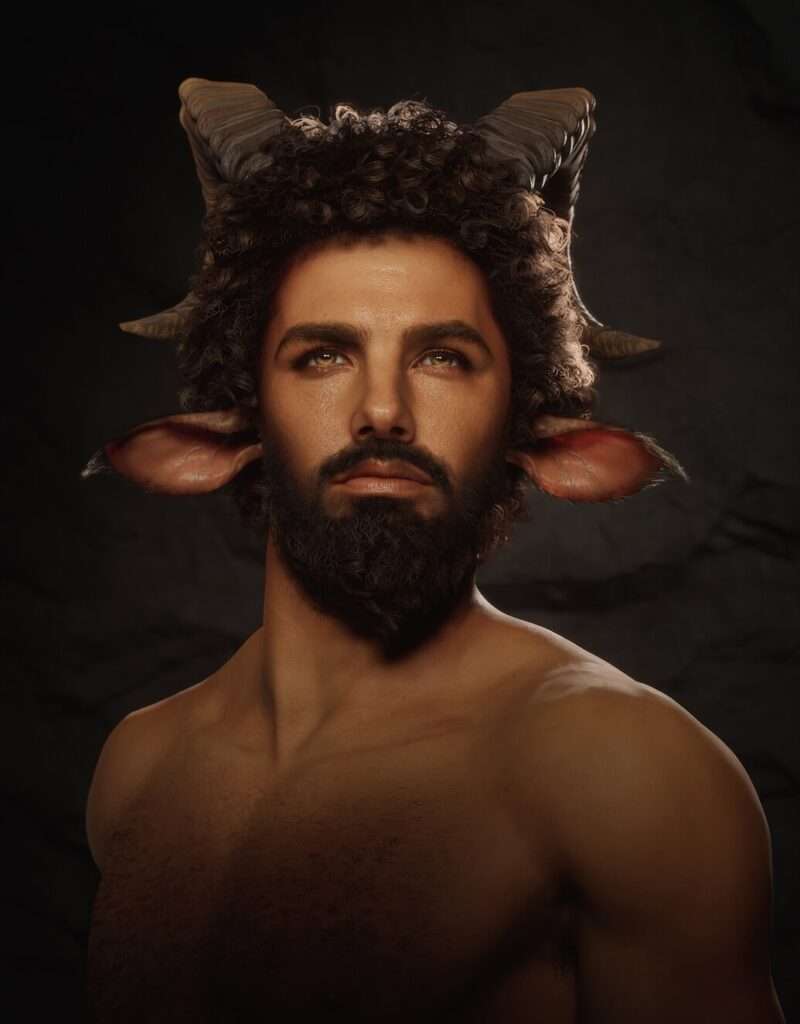
Pan’s Teachings in the Age of Environmental Crisis:
Today, as the world confronts unprecedented environmental challenges—from deforestation to climate change—Pan’s mythological emphasis on harmony with nature holds particular resonance. His tales underscore the idea that while nature can be bountiful and nurturing, it also has the capacity to retaliate if taken for granted. The god’s respect for the environment, his embodiment of its unpredictable forces, and his celebration of its gifts offer a framework for modern societies. Pan’s mythology can guide sustainable practices, emphasizing coexistence, respect, and a return to nature-centric values.
Enriching Modern Perspectives Through Pan:
Understanding Pan is not merely an academic or artistic pursuit; it’s a journey into redefining modernity’s relationship with nature. By studying Pan, individuals are prompted to reflect on the beauty of the simple, rustic life, the intrinsic value of natural landscapes, and the therapeutic power of music and art. Such reflections can encourage contemporary society to prioritize mental well-being, community bonding, and environmental stewardship. In a world dominated by technology and rapid urbanization, Pan serves as a reminder of the joys, lessons, and wisdom inherent in the natural world and our ancestral roots.
8. Conclusion:
Pan, with his goat-legged grace and musical heart, epitomizes the myriad dimensions of nature’s relationship with humanity. From his playful dalliances in Grecian woods to his profound influences on art, literature, and ecological philosophies today, Pan’s legacy remains as resonant as the notes of his famed flute. As we reflect on his tales, it becomes evident that ancient Greek myths are not mere stories of bygone eras; they’re mirrors reflecting timeless human experiences, desires, and dilemmas. The rich tapestry of these tales, with gods and heroes at its heart, offers invaluable insights, urging us to delve deeper into this treasure trove of wisdom. Embracing Pan’s tales is not just a celebration of mythology but a call to rediscover, respect, and revere the harmonious symphony of nature that surrounds us.
